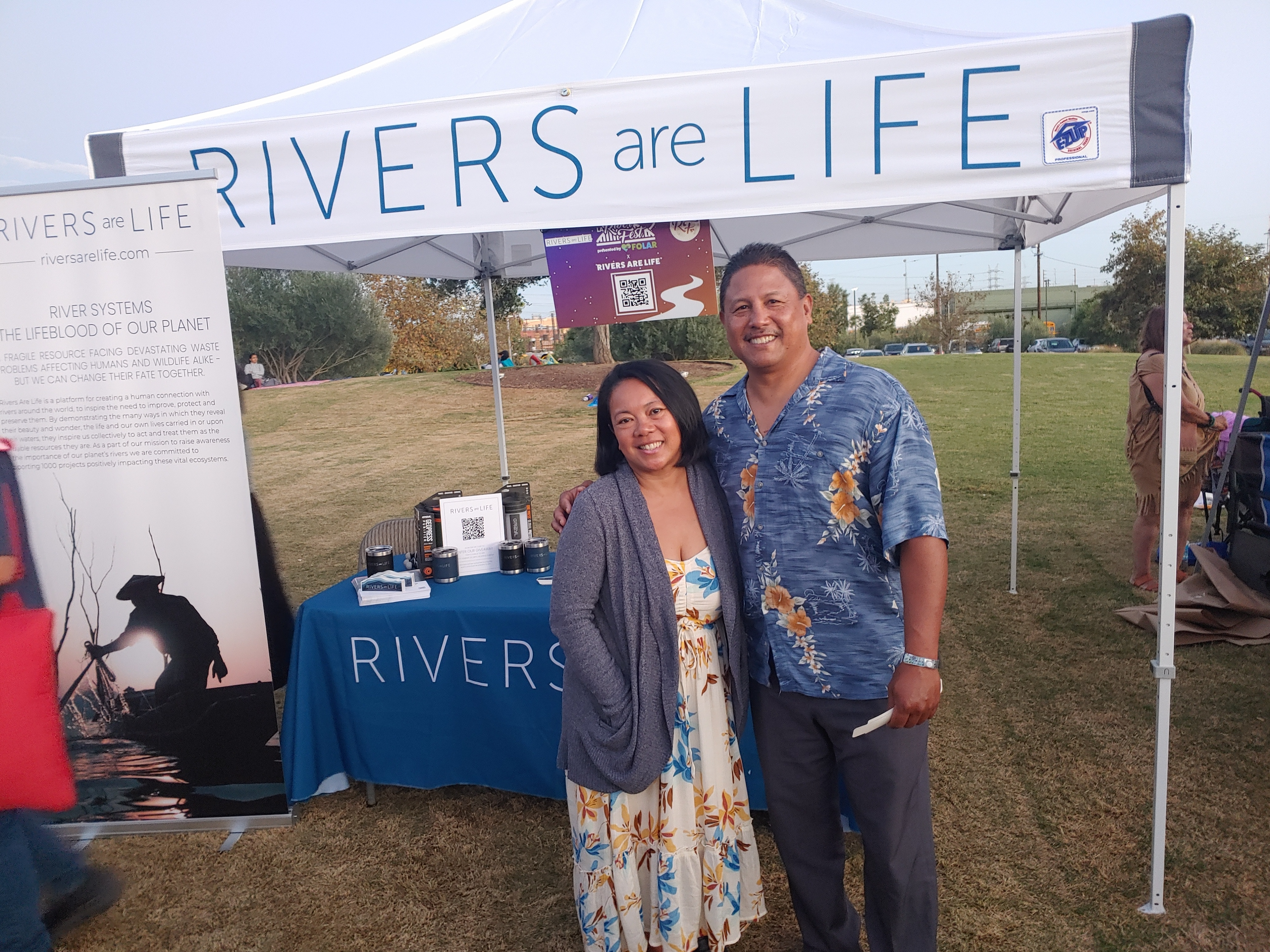RIVERS ARE LIFE
Friends of the Fox River, a nonprofit organization made up of citizens and organizations protecting and maintaining the Fox River and its tributaries from the surface, is on a mission to preserve and restore the Fox River Watershed’s resources. And they’re not alone in their efforts.
Well below the surface of the water, nestled into the sand and gravel beds of the river bottom, live freshwater mussels work tirelessly toward a similar mission – to filter pollutants from the water and make a clearer, cleaner river.
Mussels live so inconspicuously that we hardly notice their presence, but that doesn’t mean we should underestimate their effectiveness.
Mussels are buried in the river bottom, where they expose the tiny peak of their shells to suck in a diverse collection of organisms that often make a river look dirty or murky, including plankton. These plankton double as the mussels’ essential source of food and oxygen.
Once a mussel has sucked up water containing plankton, it filters out the plankton and releases clear, filtered water back into the river. Since this is the way mussels eat and breathe, they are essentially working 24 hours a day, 7 days a week to clean up the waterways they call home.
The Fox River was once home to 34 mussel species (1). But despite their hard work, mussels are among the most sensitive organisms to certain water pollutants in the river. In the right conditions, freshwater mussels can live for fifty years or more, but when impacted by deadly pollutants they simply cannot survive.
Over the past 100 years the Fox River has seen an immense decrease in the number of mussels working to filter its waters. In Illinois, 15 dams impede the Fox River’s flow, most of which serve no purpose (2). These dams degrade water quality and add to the water pollution, habitat destruction, and disrupted breeding cycles that are contributing causes in the decrease of the freshwater mussel population.
Mussels depend on fish in their reproductive cycle. During their maturation, a mussel will attach itself to the gills of certain fish species for nutrition. Once they’re fully formed, they’ll drop to the riverbed, where they bury themselves and start the filtration process. However, the fish population in the Fox River is limited and confined by upstream and downstream dams. Without a healthy and mobile fish population, freshwater mussels have limited access to habitat needed to expand and regrow their populations, especially during the pivotal season of spawning.
It’s unclear whether a healthy mussel population can make its way back to the Fox River, but it’s obvious that mussels can be a valuable resource in river restoration efforts. This is one great example of how we can work together with nature to clean up and maintain the rivers that are so vital to us, our environment, and the surrounding wildlife.
While mussels are doing their work on the Fox River from the bottom, Friends of the Fox River is doing their work from the surface.
In the film, “Watershed Warriors,” you’ll meet two river activists involved with Friends of the Fox River – Gary Swick, president and educator of the nonprofit, and Jenny Kempf, director of education programs operations – and learn about their efforts to improve the overall health of the Fox River.
“What is the first step in inspiring people to care?” Kempf asks. She and Swick share how many people have become disconnected and fearful of our natural environment, and their work to build relationships with the Fox River.
“Our rivers can’t speak for themselves about their overall health and conservation. We’re trying to give the river a voice,” says Swick. “Connecting people is the first step.”
“Clean water is not a given,” advises Kempf who runs the field education programs for Friends of the Fox River. “Many of us maybe feel that it is, but there are people all over the world that do not have access to clean water in the way we do. And the only way to ensure that privilege remains for generations to come is to do the work to protect it as the critical resource that it is.”
A lifelong educator, Swick uses the river itself as his classroom and inspires all the students, peers, and families he teaches and works with to establish a personal environmental ethic. Many of his former students have become professionals in the environmental field, including Kempf.
Every year the organization sponsors It’s Our Fox River Day, where hundreds of volunteers and community members come together to learn, clean and discuss the future of their watershed. There are several ways people can continue to stay involved and join the movement to support our world’s rivers.
In April 1999, American Rivers declared the Fox River the seventh-most endangered river in America. Like so many rivers throughout the world, it can’t defend itself, so organizations like the Friends of the Fox River that are dedicated to creating a watershed of caretakers step in with programs and activities that educate and empower citizens about river issues.
People and nature can work together to clean up our waterways. Mussels will likely play a key role in improving the Fox River’s water quality again one day; but in order to make that happen, obsolete dams must be removed, properly designed fish ladders must be added to functioning dams, and we must do our part to create a liveable river for freshwater mussels and other aquatic species that improve the quality of life in the watershed.
You can watch “Watershed Warriors” here
Sources:
- Shasteen, D. K., Bales, S. A., & Stodola, A. P. (2013, March 19). Freshwater mussels of the Fox River Basin in Illinois. Friends of the Fox River. Retrieved April 7, 2023, from https://friendsofthefoxriver.org/wp-content/uploads/2018/03/Freshwater-mussels-of-the-Fox-River-basin.pdf
- Fox Waterway (n.d.). Fox River Dams. https://www.foxwaterway.com/wp-content/uploads/2021/03/Fox-River-Dams-1.pdf
Share this
You May Also Like
These Related Stories

Pattrn Interview with Zach Green and Jenni Kempf on "Watershed Warriors"

RaL's 'River of Angels' at RiverFest: LA River Support

